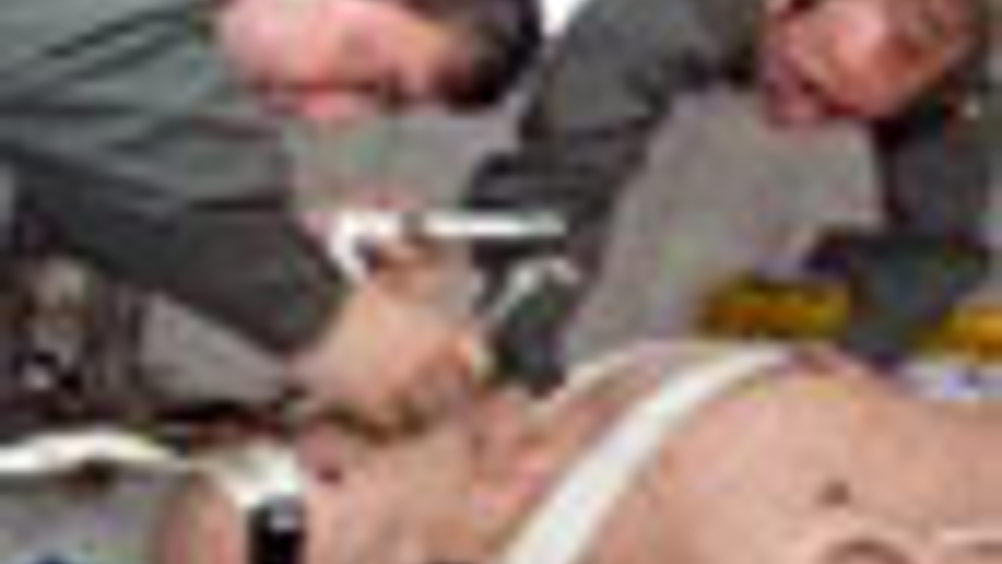Space bones
A portable imaging device currently in development will produce clear, highly detailed pictures of bone and tissue, helping physicians manage bone health in space and on Earth.

A portable imaging device currently in development by the
(NSBRI) will produce clear, highly detailed pictures of bone and tissue, helping physicians manage bone health in space and on Earth. The Scanning Confocal Acoustic Diagnostic system, or SCAD, will enable doctors to determine the rate of loss and plan treatment options with the aid of high-quality images, taken noninvasively.
Studies of cosmonauts and astronauts who spent months on space station Mir revealed that space travellers can lose, on average, one-to-two percent of bone mass each month, with the greatest loss in the lower extremities like the femur and hip. The culprit is microgravity, which causes bone loss in critical areas and leaves bones susceptible to fracture upon return to Earth.
Space travellers are not the only demographic concerned with bone loss. According to the National Osteoporosis Foundation, at least 10 million people in the
Register now to continue reading
Thanks for visiting The Engineer. You’ve now reached your monthly limit of news stories. Register for free to unlock unlimited access to all of our news coverage, as well as premium content including opinion, in-depth features and special reports.
Benefits of registering
-
In-depth insights and coverage of key emerging trends
-
Unrestricted access to special reports throughout the year
-
Daily technology news delivered straight to your inbox










UK Enters ‘Golden Age of Nuclear’
The delay (nearly 8 years) in getting approval for the Rolls-Royce SMR is most worrying. Signifies a torpid and expensive system that is quite onerous...